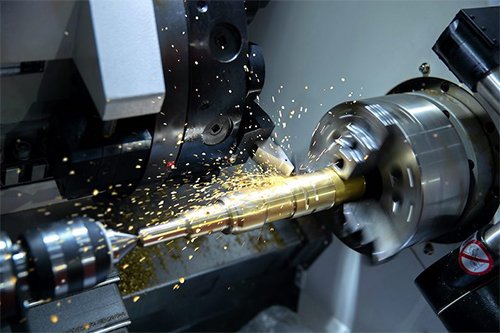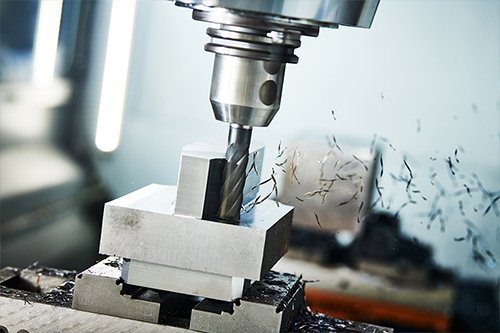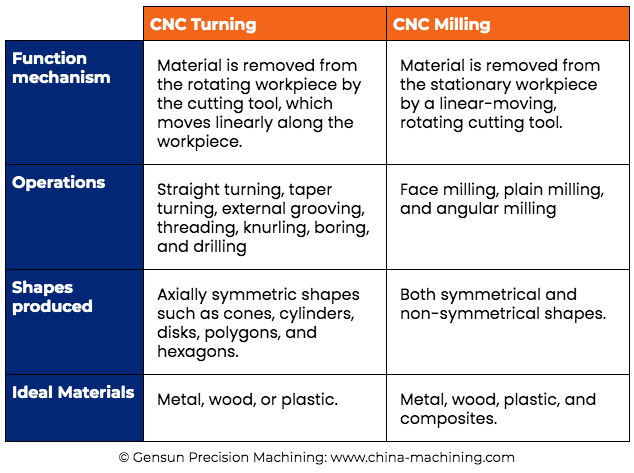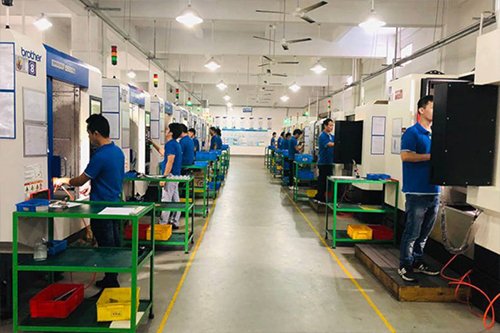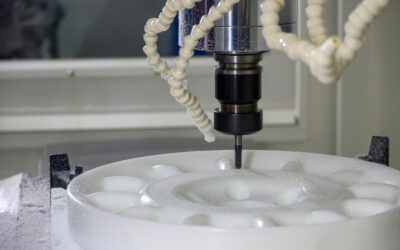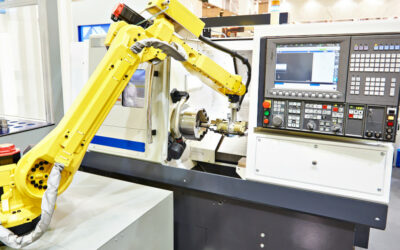You may have seen the terms Turning and Milling while reading about CNC machining. If so, you may be unsure about what these processes entail and want to understand their differences.
Here, we cover the essential information about these two manufacturing processes, including how they work and their most suitable applications. Read on to gain an understanding of turning and milling, what each is capable of, and which process might be better for your project.
What is CNC Turning?
Turning is a process in which a workpiece rotates while a cutting tool removes material from it. The cutting tool is typically a single-point, non-rotating tool that moves along the workpiece and continually removes layers of material according to the design until it matches the desired shape.
Before computers were applied to this industry, the procedure was manual and required constant supervision to achieve defined goals. Nowadays, turning is typically performed by automated machines following algorithms and numerical rules.
CNC turning can effectively produce different shapes, like cones, cylinders, disks, polygons, and sometimes even hexagons or other regular polygons. Different shapes are developed by combining numerous processes, including turning (taper or straight), external grooving, threading, knurling, boring, and drilling. While you can use many materials for turning, wood, plastic, or metal are most common.
CNC turning has many applications — from simple screws and bolts to high-precision aerospace or automotive parts. For more information about the process, read our in-depth article on CNC turning.
What is CNC Milling?
Unlike in turning, the workpiece does not rotate during milling operations. Instead, the cutting tool rotates and moves while the workpiece remains stationary, although the workpiece can move between operations. Additionally, tool movement can take place along several different axes to achieve more complex designs.
Since the ’60s, computer numerical control (CNC) milling has increasingly been used in place of manual milling. CNC milling is much faster and can produce both simple and complex shapes, from rings, necklaces, and key holders to automotive and aerospace parts with complex geometries, such as engine components.
Milling can include any combination of face milling, plain milling, or angular milling processes to achieve highly complex shapes. Metals, plastics, composites, and wood are all suitable materials for this process.
The applications for CNC milling are endless — it’s even used to produce the body of a guitar. For more information about how this process works, read our in-depth article on CNC milling.
The Differences Between CNC Turning and Milling
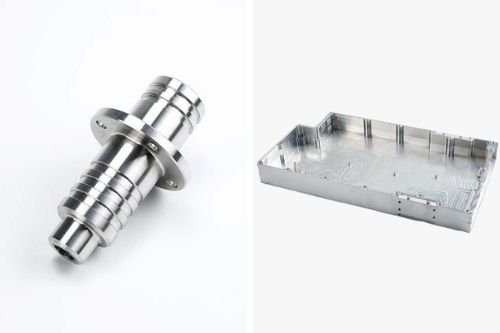
CNC turned part (left) and CNC milled part (right)
The most significant difference between turning and milling is how the workpiece and tooling move.
- In turning, the workpiece rotates and the cutting tool typically does not.
- In milling, the cutting tool moves and rotates while the workpiece remains fixed.
This simple difference reflects the shapes that each method can produce. And the following table highlights the key differences between these manufacturing processes for easy reference.
Should You Use Turning or Milling?
The next question is, which one is better for your project? Well, if your piece is axially symmetric, you’ll probably want to consider CNC turning.
As long as the base material is suitable for turning, a lathe or turning center can effectively manufacture your part to precise dimensional tolerances, even for relatively large lengths and diameters! See our CNC turning services page to learn more about how we can help you.
If your project has more complex geometry than CNC turning can accommodate, you may want to consider CNC milling instead. Milling can produce an endless variety of shapes, and like CNC turning, can meet extremely tight tolerances. Visit our CNC milling services page to learn more about the options available.

